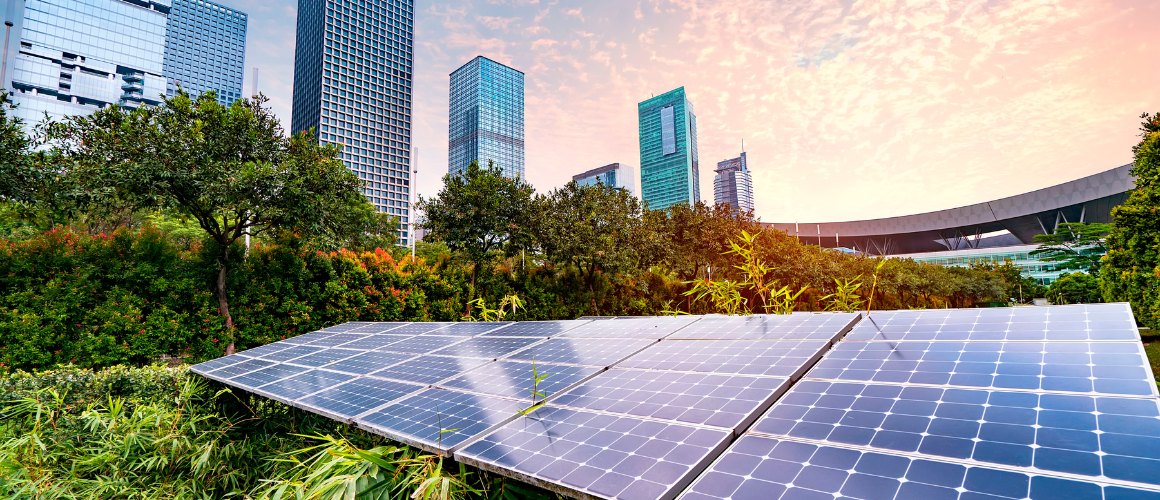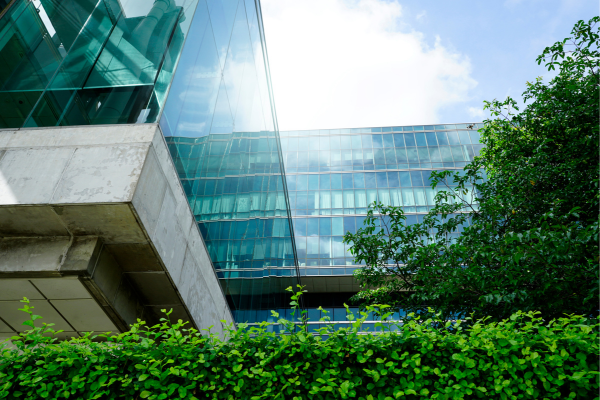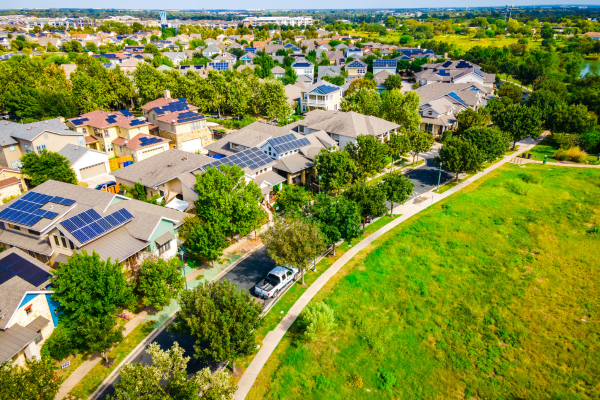
The Green Revolution: Pioneering Sustainable Architecture Innovations
In today's world, building a future where we all live in harmony with our planet is no longer a nice-to-have, it's a must. That's where sustainable living innovations come into play, especially in the world of architecture. Imagine homes and buildings that give more to the earth than they take, structures that breathe life into our cities while keeping their carbon footprints to a minimum. This isn't a far-off dream; it's happening right now, thanks to the creative minds in sustainable architecture. These innovators are redefining what buildings look like, how they function, and their impact on our environment. By weaving together technology, nature, and smart design, they're not just constructing buildings; they're crafting a better future for everyone. Join us as we explore how sustainable living innovations are turning the tide in architecture, making it greener, more efficient, and incredibly inspiring.
Long ago, buildings were made with what was on hand: mud, stone, and wood. People built according to the climate and local resources, naturally following the principles of sustainability. But as time marched on, modern advancements led us astray from these eco-friendly roots. Cities sprawled, and skyscrapers soared, often at the expense of our planet.
However, a change has been brewing. Over the last few decades, architects and builders started looking back to move forward. They asked, "How can we make buildings that are good for both people and the planet?" This question sparked a revolution in how we think about architecture. Now, sustainable design isn't just about adding solar panels to rooftops. It's about creating buildings that are part of the ecosystem, not apart from it.
This evolution has brought us living roofs that reduce heating costs, rainwater harvesting systems that quench gardens naturally, and materials that breathe just like we do. Architects are drawing inspiration from nature, using sunlight, wind, and even the earth itself to power and cool our buildings.
As we continue to innovate, sustainable architecture is moving from a niche to the norm. It's a journey back to our roots, armed with the tools and technology of today. This is the evolution of sustainable architecture, a path that leads to buildings that heal the planet, one brick at a time.
In the heart of this green revolution, innovative ideas are sprouting up like trees in a lush forest. These aren't just any trees, though; they're smart, sustainable, and designed to make our buildings and cities thrive.

Self-Healing Concrete: Imagine concrete that fixes its own cracks, almost like skin healing a scratch. This isn't science fiction; it's real. By embedding bacteria that activate in the presence of water, these smart materials can repair themselves, reducing the need for repairs and extending the life of our buildings.
Solar Glass: Windows that aren't just windows, but power sources, too. Solar glass turns entire buildings into energy producers, capturing sunlight and converting it into electricity. This innovation not only lights up our homes but also cuts down on our energy bills and carbon footprints.
Green Roofs and Walls: Cities are getting a green makeover with roofs and walls covered in plants. These living layers provide insulation, reduce heat in urban areas, and even grow food. They're like a park in the sky, bringing nature back to the concrete jungle.
Energy-Generating Floors: Floors that produce power with every step you take. In busy areas, like airports or malls, the kinetic energy from footsteps is turned into electricity. It's a small step for a person, but a giant leap for reducing our reliance on fossil fuels.
Smart Thermostats and AI: Technology is getting smarter, helping us use energy more efficiently. Smart thermostats learn our habits, adjusting heating and cooling to when we're actually home. AI systems manage buildings in real-time, optimizing energy use and reducing waste.
These innovations are just the tip of the iceberg. From water-saving fixtures that make every drop count to eco-friendly materials that reduce construction waste, the world of sustainable architecture is bursting with ideas that are good for the planet and for us.
It's a vibrant, exciting time to be part of this field. Every innovation brings us closer to a world where buildings not only shelter us but also support the health of our planet. This spotlight on innovations isn't just about showcasing what's new; it's about inspiring a future where every building is a friend to the earth.
When we think about sustainable architecture, it's not just the buildings themselves but also the spaces between them that matter. This is where sustainable landscape and urban planning come into the picture, weaving green, breathable spaces into the fabric of our cities.
Urban planning today means creating communities that are not only beautiful to live in but also kind to the planet. This involves everything from designing parks that capture rainwater and reduce flooding to planning city layouts that minimize the need for cars, cutting down on pollution and traffic.
One key idea is connectivity. By creating pedestrian-friendly pathways, bike lanes, and easy access to public transport, cities encourage us to leave our cars at home. This not only reduces emissions but also promotes healthier, more active lifestyles.

Green spaces are another crucial element. These aren't just nice-to-have spots for picnics; they're vital lungs for cities, improving air quality, providing homes for wildlife, and offering us a slice of nature in the urban jungle. Plus, they're fantastic for our mental health, giving us a place to relax and reconnect with the environment.
Sustainable urban planning also means thinking about the future. It's about creating flexible spaces that can adapt to changing climates and communities. Whether it's transforming disused rail lines into green corridors or designing buildings that can change use over time, sustainability is about planning for the long haul.
By integrating nature into our urban environments and designing for both people and the planet, sustainable landscape and urban planning are not just creating greener cities; they're building happier, healthier communities for generations to come.
As we gaze into the future, sustainable architecture stands at the forefront of a greener, more resilient world. This journey, fueled by innovation and a deep commitment to the planet, is leading us towards buildings that not only exist in harmony with the environment but also enhance it. The future promises structures that are self-sustaining, generating their own energy, managing waste efficiently, and even purifying the air. As technology advances, we'll see materials that are even more eco-friendly and construction practices that minimize environmental impact. The line between nature and architecture will blur, with buildings mimicking natural processes and contributing to the health of their surroundings. This vision of the future isn't just about reducing harm; it's about creating a positive footprint, where every new development adds value to both society and the ecosystem. The future of sustainable architecture is bright, paving the way for a world where we live in complete symbiosis with our planet.
In wrapping up, the journey towards sustainable living innovations in architecture is more than a trend; it's a vital shift in how we envision our future habitats. By embracing green technologies, innovative materials, and eco-friendly design principles, we're not just building structures; we're crafting a legacy of harmony between humanity and the earth. As we move forward, each innovation, each sustainable building, and each green space brings us closer to a world where living sustainably isn't an option—it's a natural way of life. Together, we're not just redefining architecture; we're reshaping our future, one sustainable innovation at a time.